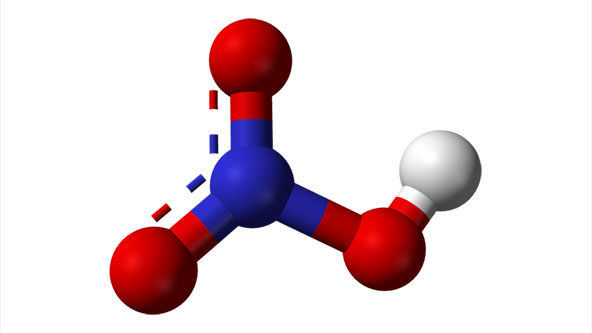Hi there,
I have Pentair EasyTouch, IntelliChem and IC20 chlorine generator.
The problem is IntelliChem is designed to work with muriatic acid but here in South America sales of this acid are controlled (looks like everyone use it to make drugs) so I cannot just go and get it.
People here using nitric acid to lower pH.
Is it safe to use nitric acid instead of muriatic one?
P.S. Right now my system is recently installed and my acid tank is still never used.
I have Pentair EasyTouch, IntelliChem and IC20 chlorine generator.
The problem is IntelliChem is designed to work with muriatic acid but here in South America sales of this acid are controlled (looks like everyone use it to make drugs) so I cannot just go and get it.
People here using nitric acid to lower pH.
Is it safe to use nitric acid instead of muriatic one?
P.S. Right now my system is recently installed and my acid tank is still never used.


